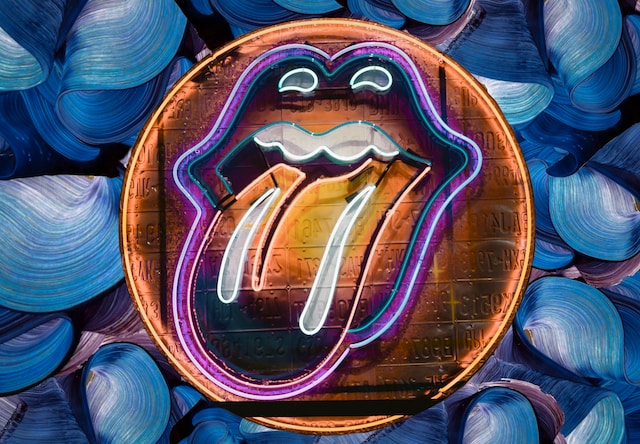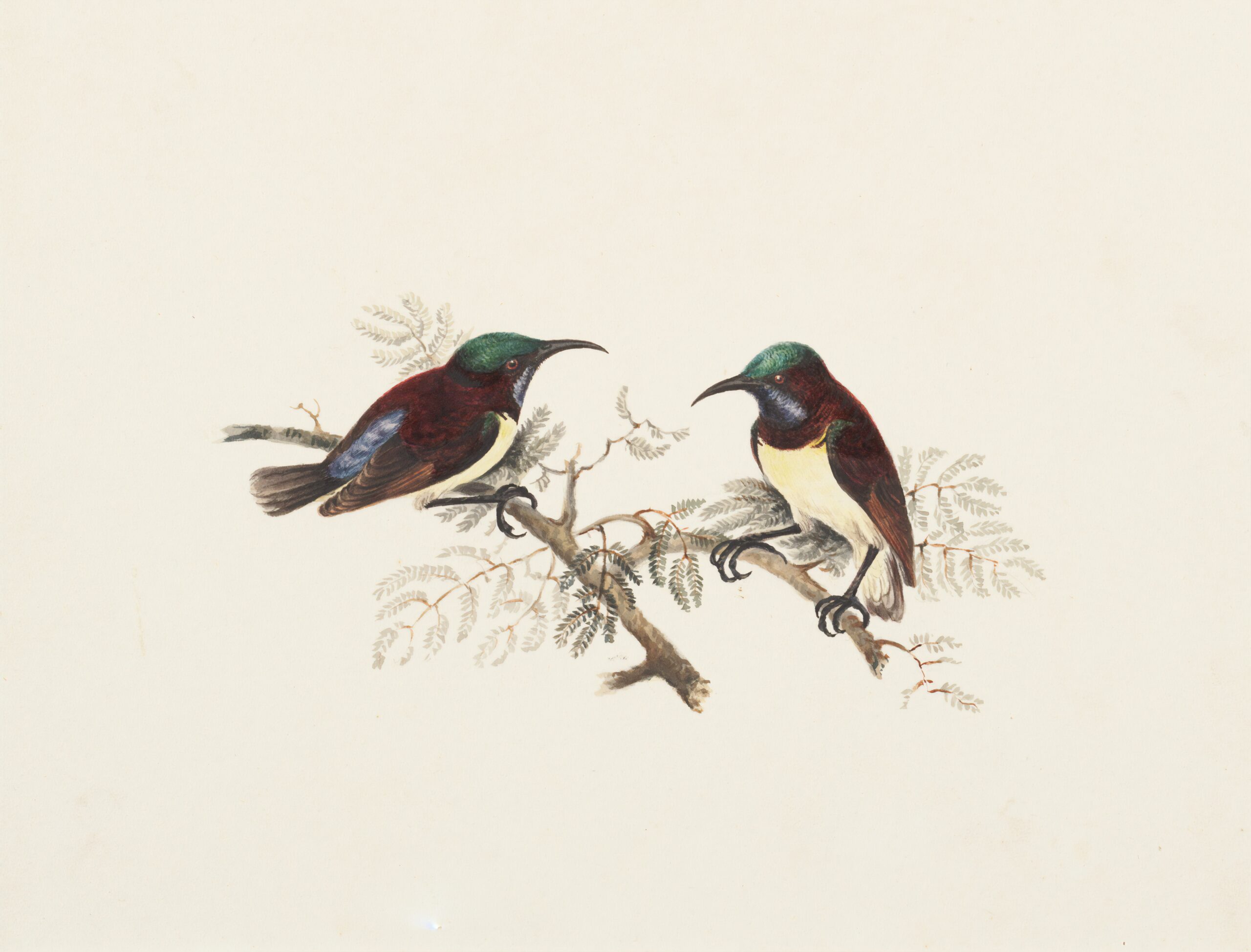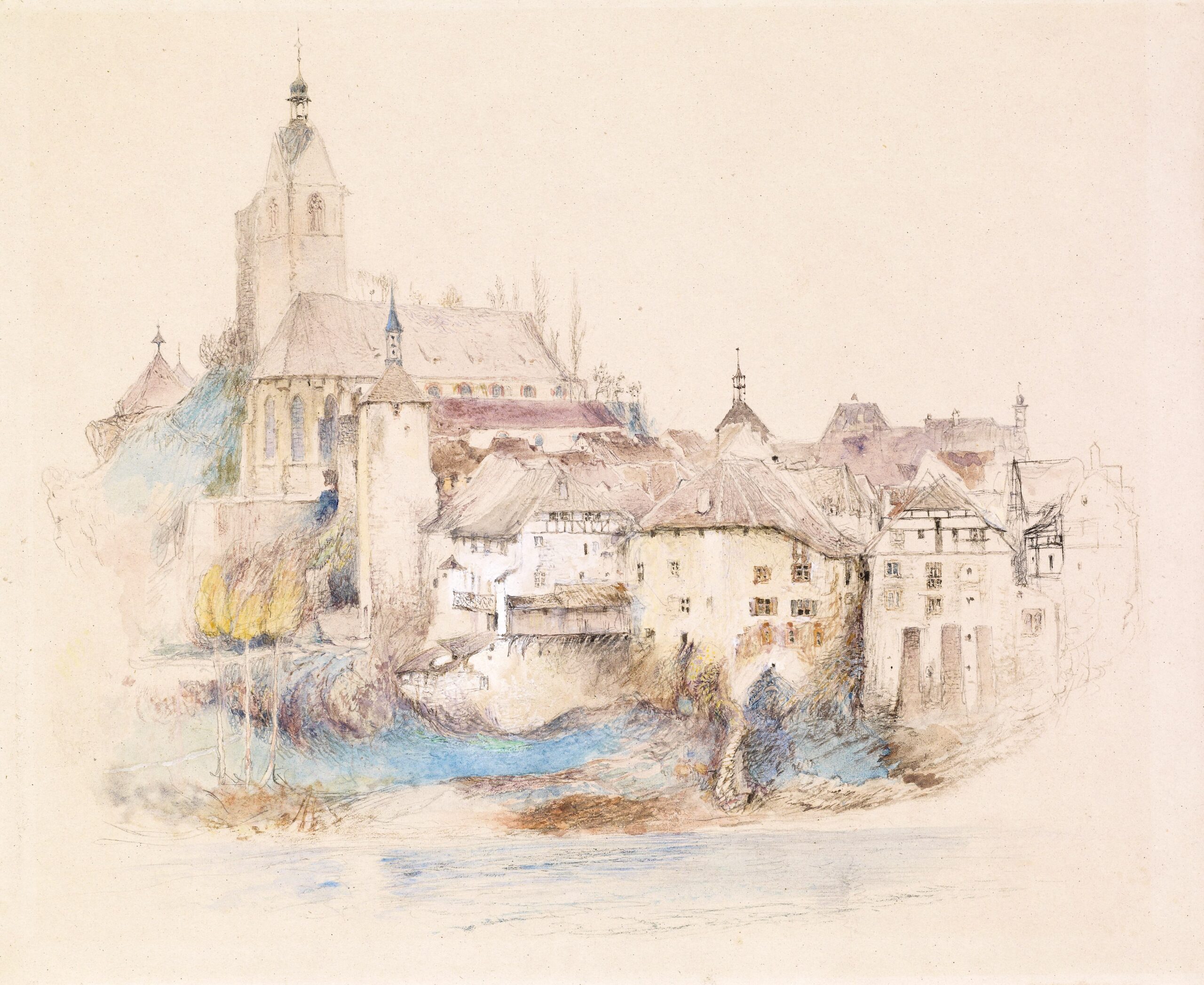The art of illustration encompasses an incredibly diverse range of styles, techniques, and approaches. Illustrators often specialize in a specific style, which not only defines their artistic identity but also showcases their unique talents. In this article, we will delve into some of the most popular illustration styles, highlighting their key characteristics and providing examples of their applications.
- Realism
Realism, as the name suggests, is an illustration style that aims to depict subjects as accurately and true-to-life as possible. Realistic illustrations often feature meticulous details, accurate proportions, and a high level of technical skill. This style is commonly used in fields such as scientific illustration, medical illustration, and fine art.
- Minimalism
Minimalist illustrations are characterized by their simplicity and use of basic shapes, clean lines, and limited color palettes. This style often relies on visual economy, conveying ideas or emotions with as few elements as possible. Minimalism is frequently used in graphic design, editorial illustrations, and branding.
- Line Art
Line art is a style that relies solely on lines to create forms, shapes, and textures. It can range from simple, clean, and geometric designs to intricate and highly detailed pieces. Line art illustrations often have a strong graphic quality and can be used in various applications, such as logo design, coloring books, and packaging.
- Flat Design
Flat design is a modern illustration style that features clean lines, bold colors, and simple shapes. It eliminates the use of gradients, textures, and other elements that create depth, resulting in a two-dimensional appearance. Flat design is particularly popular in web and app design, as well as in infographic and icon creation.
- Stippling
Stippling is an illustration technique that involves creating images by using small dots or specks of ink, paint, or other mediums. This style can produce highly detailed and textured illustrations and is often used for portraits, landscapes, and other subjects that require a high level of precision. Stippling is popular in both traditional and digital illustration.

- Pop Art
Pop art is a vibrant, bold, and often playful illustration style that emerged in the 1950s and 1960s. This style is characterized by its use of bright colors, bold lines, and recognizable imagery from popular culture. Pop art illustrations can be seen in advertising, comic books, and editorial design.
- Collage
Collage is a unique illustration style that involves combining different materials, such as photographs, paper, fabric, or digital elements, to create a new image. This style allows for a high level of experimentation and creativity, resulting in visually dynamic and engaging compositions. Collage is often used in mixed media art, editorial illustrations, and album covers.
- Retro and Vintage
Retro and vintage illustration styles draw inspiration from the past, emulating the aesthetics of specific time periods. These styles often feature nostalgic color palettes, typography, and design elements that evoke a sense of history and nostalgia. Retro and vintage illustrations can be found in advertising, packaging, and poster design.
- Abstract
Abstract illustrations are characterized by their departure from realistic representation, instead focusing on shapes, forms, colors, and textures to create visual interest. This style allows for a great deal of artistic freedom and expression, making it popular in fine art, editorial design, and album covers.
- Cartoon and Caricature
Cartoon and caricature illustrations are known for their humorous and exaggerated features, often used to depict people, animals, or objects in a lighthearted manner. This style can range from simple and childlike to highly detailed and sophisticated. Cartoons and caricatures are commonly used in comic strips, children’s books
The Versatile World of Illustrations: Common Applications and Industries
Illustrations are an essential visual tool used across various industries and applications. They help convey complex ideas, enhance storytelling, and add aesthetic appeal to various media. In this article, we will explore some of the most common applications and industries where illustrations play a vital role.
- Advertising
- Children’s Books
- Editorial Design
- Packaging Design
- Graphic Novels and Comics
- Textbooks and Educational Materials
- Infographics
- Animation and Motion Graphics
- Fashion and Textile Design
- Greeting Cards and Stationery
Illustrations are a versatile and powerful visual tool, used across a wide range of industries and applications. They can enhance storytelling, simplify complex ideas, and create memorable visual experiences for audiences of all ages. The various applications of illustrations showcase the incredible diversity and value of this art form.



